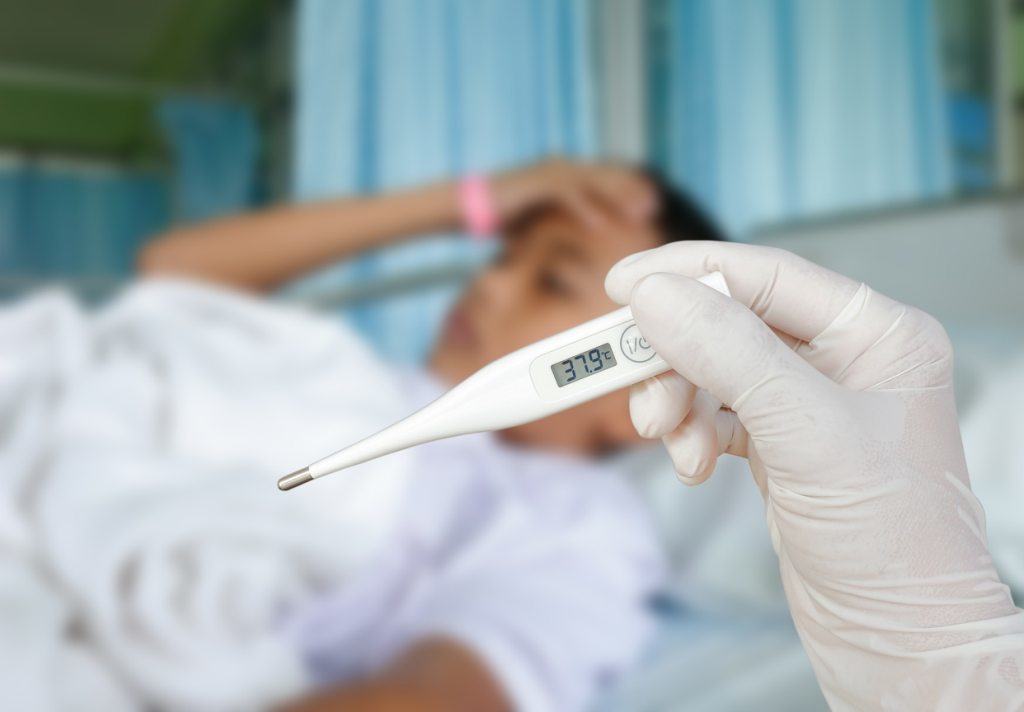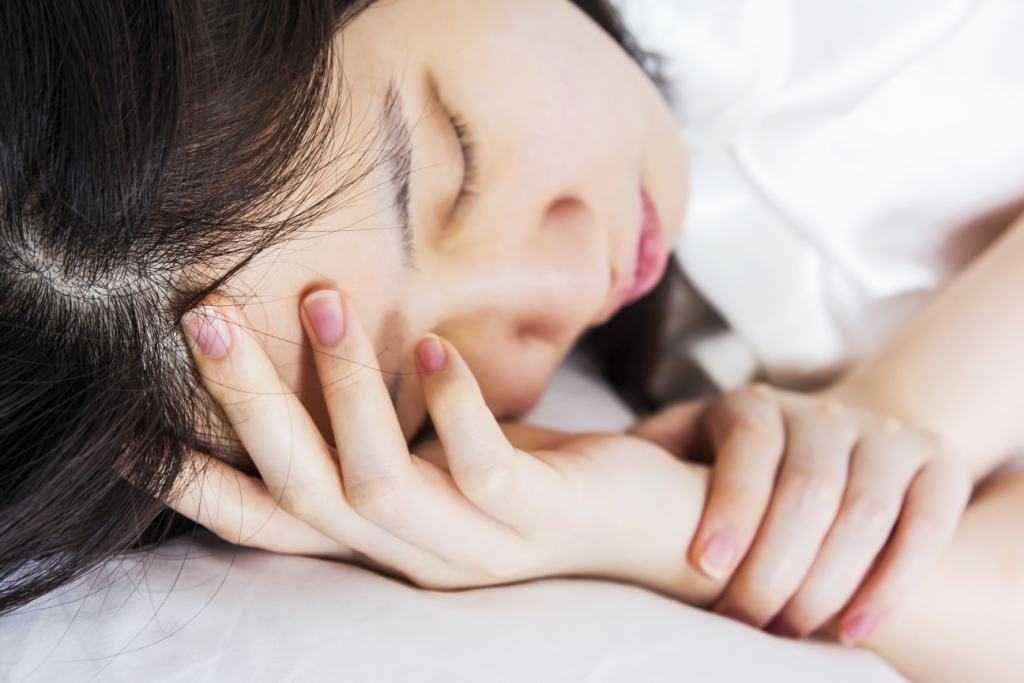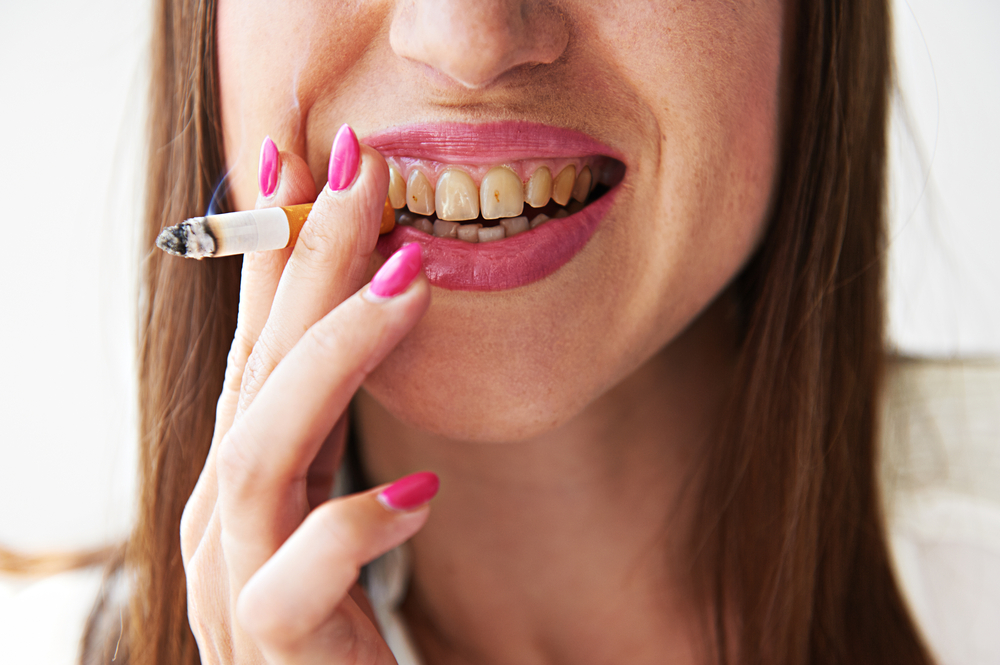Contents:
- Medical Video: What You Need to Know About Vaginal Health at Every Age
- Vaginal health in the 20s
- Vaginal health in the 30s
- Vaginal health in the 40s
- Vaginal health in the 50s and so on
Medical Video: What You Need to Know About Vaginal Health at Every Age
Did you know that vaginal health will also change with age? So, how to maintain vaginal health will also vary according to age. Then, what changes have occurred?
Vaginal health in the 20s
Your 20s are some of the best years for your vagina, because the sex hormones estrogen, progesterone, and testosterone are at their peak. Estrogen is responsible for keeping the vagina lubricated, moist, elastic, and acidic.
The vagina is surrounded by two folds of skin known as the inner labia and the outer labia. The outer labia contains a layer of fat tissue. At this age, the outer layer is thinning and may appear smaller. In addition, your sexual arousal also increases.
If you are sexually active, especially if you have frequent sex, you might be able to get a urinary tract infection (UTI) because bacteria move from the vagina to the urethra.
To help prevent the risk of urinary tract infections, urinate as soon as possible after sexual intercourse. This will help remove bacteria from your vagina.
Even so, the vagina has the ability to cleanse itself. The vagina secretes vaginal discharge to help clean the vagina to keep it clean and healthy, and provides lubricants and protects the vagina from infection and irritation.
Vaginal health in the 30s
During your 30s, your inner labia can darken due to hormonal changes. If you are pregnant, vaginal discharge can increase and look like milk, but not green or yellow. Leucorrhoea released by the vagina at that time may also smell a little, but not an unpleasant smell or fishy.
After giving birth, your vagina may lose some of its elasticity and stretch more than usual. However, over time, most of the vagina will return to size almost before giving birth. Kegel exercises can help strengthen the pelvic floor muscles and restore the shape of the vagina.
Oral contraception can cause vaginal changes such as increased vaginal discharge, vaginal dryness, and bleeding. These symptoms often go away on their own.
However, if these symptoms continue, consult your doctor. You might need to try a few oral contraceptives to find what really suits you.
Vaginal health in the 40s
Entering the age of 40, your vagina changes due to perimenopause, which is the time span before stopping menstruation (menopause).
When estrogen levels in your body decrease, the vaginal walls become drier and thinner. This is known as vaginal atrophy (the size of the vagina shrinks), and can cause:
- The vagina feels like it's burning
- Reddish vagina
- Pain during sex
- Leucorrhoea
- Vaginal itching
- Feels hot when you urinate
- Shortened vaginal canal
- Increased risk of venereal disease
Regular sexual intercourse can help slow the progression of vaginal atrophy by increasing blood flow to the vagina and keeping it elastic.
You can treat vaginal dryness by using a vaginal moisturizer or using vaginal estrogen. These hormones are included in the form of rings, tablets, or creams.
You can also use natural oils to keep your vagina moist, with essential oils or coconut oil. At this age, your pubic hair may also thin out or turn gray.
Vaginal health in the 50s and so on
At this age, you may have experienced menopause and your estrogen level is quite low. Your vulva may appear to be shrinking. You may also experience vaginal atrophy, this is a common health problem for many women in their 50s.
Low estrogen levels can change the level of acidity of your vagina. This can increase the risk of infection due to excessive bacterial growth.
In addition, low estrogen does not only affect your vagina. However, it also affects the urinary tract. Atrophy can occur in the urethra and cause leakage of urine, overactive bladder, and increased urinary frequency.
Oral or vaginal hormone therapy can help reduce symptoms of vaginal and urinary atrophy. However, hormone therapy is not a good choice for all women.
Other solutions that you can do include:
- Doing bladder training exercises (biofeedback)
- Using a vaginal dilator to increase vaginal elasticity
- Eat healthy food
- Maintain a healthy weight
- Reduce or eliminate caffeine from your diet
- Quit smoking
- Perform Kegel exercises and other pelvic floor exercises
- Using vaginal lubricants
- Using a vaginal moisturizer
Postmenopausal women are at risk of developing vaginal prolapse. Long labor and vaginal birth are also risk factors. Vaginal prolapse occurs when all or part of the vaginal canal falls into the vaginal opening. Vaginal prolapse often involves other organs such as the bladder, rectum, and uterus.
Symptoms of vaginal prolapse may include heavy pelvis, vaginal discomfort, and back pain that can improve when you lie down. Treatment for vaginal prolapse is pelvic exercises, pessary insertion (supporting devices) to hold the prolapse area, or perform surgery as a last resort.













